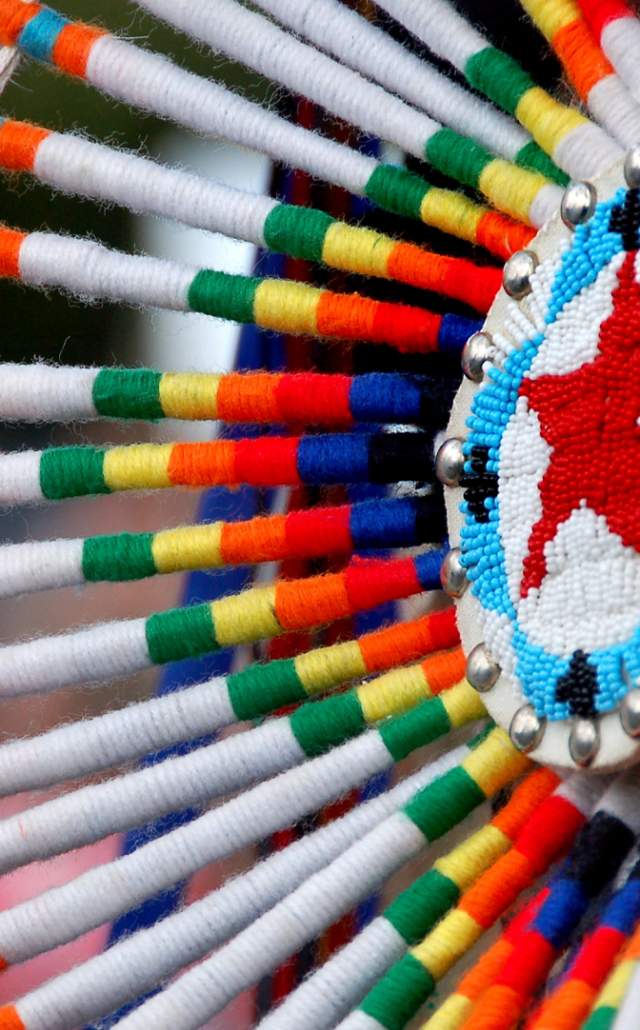Native American Culture & History
Long before the first European explorers, missionaries and immigrants arrived, the Menominee, Dakota and Anishinaabe (Ojibwe/Chippewa) called Michigan’s Upper Peninsula their home at one time or another. They lived a subsistence lifestyle, migrating in small bands from place to place. Throughout the year, they would hunt bears, beaver, deer and moose; harvest wild rice and berries in the summer and fall; trap animals and ice fish in the winter and make maple syrup in the spring. The U.P.’s original residents were also the first metalworkers and miners 7,000 years ago. They hand-dug pits to retrieve the metal that gives the Keweenaw Peninsula its “Copper Country'' name.
Today, the federal government recognizes five Native American communities in the Upper Peninsula.
- Lac Vieux Desert Band of Lake Superior Chippewa Indians
- Keweenaw Bay Indian Community of Lake Superior Chippewa Indians
- Hannahville Indian Community of Potawatomi Indians
- Bay Mills Indian Community of Anishinaabe Indians
- Sault Ste. Marie Tribe of Chippewa Indians
These communities are dedicated to preserving their history, languages, stories, traditions and cultural rituals. They welcome you to join them at locally held pow wows and gatherings where you can be awed by the Grand Entries, listen to the drumming and music, and watch dances and art demonstrations. Check the Eastern, Central and Western U.P. Events for upcoming dates, or visit these Native American cultural centers and history museums throughout the year to learn more about the U.P.’s Native Americans and their ongoing impact in caring for our land, water and each other:
- Delta County Historical Museum, Escanaba
- Mackinac Island State Park, Mackinac Island
- Menominee Range Historical Museum, Iron Mountain
- Museum of Ojibwa Culture & Gift Shop, St. Ignace
- Potawatomi Heritage Center, Hannahville
- Tower of History, Sault Ste. Marie




